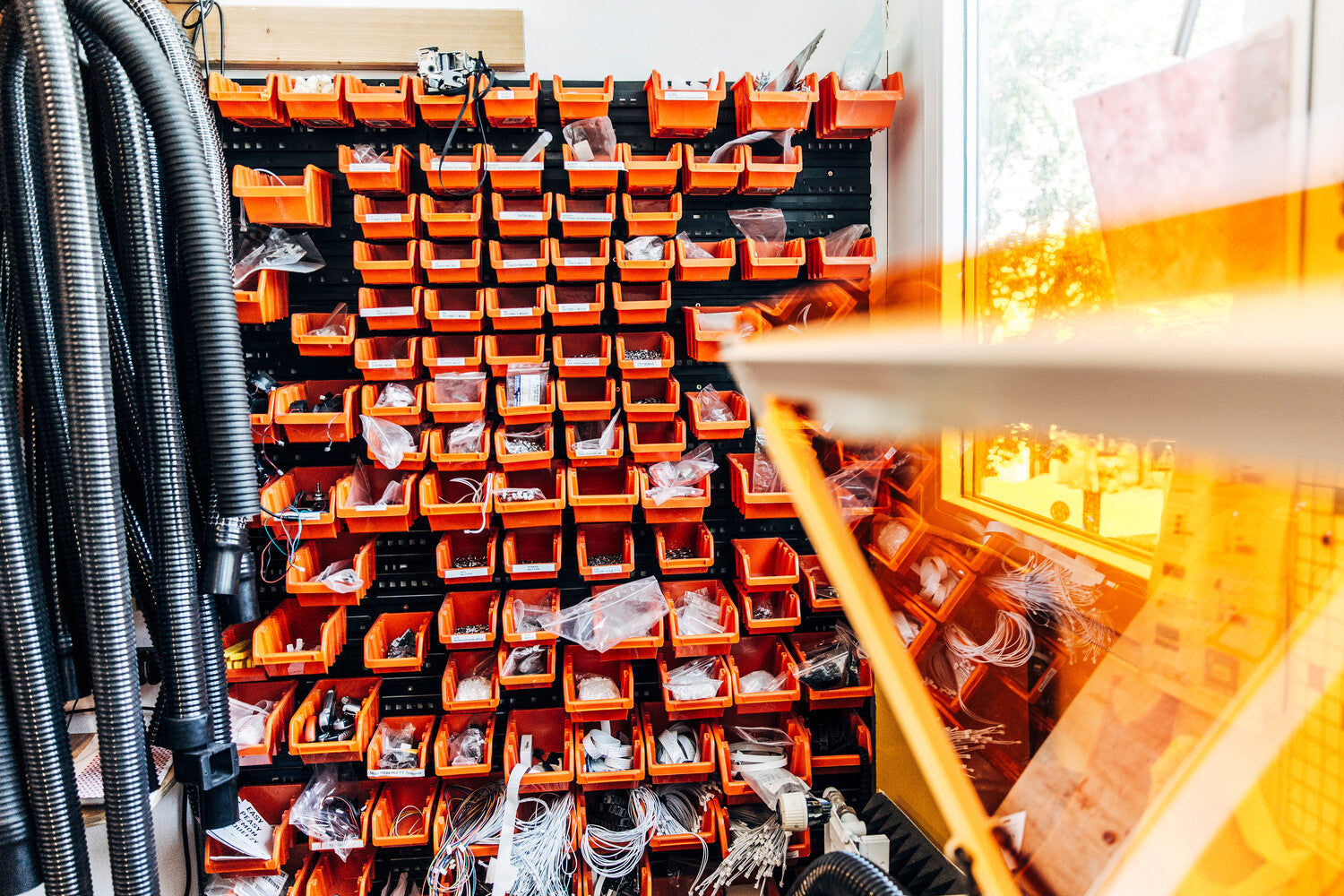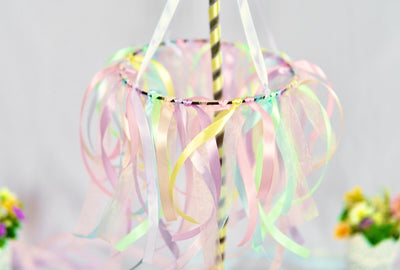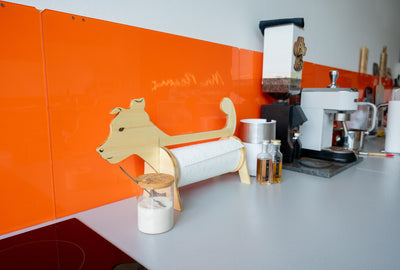In wood construction and many other areas, the question often arises as to which nail is suitable for your project. In order for you to achieve your project goals, nail variants must definitely give a connection the desired stability. At the same time, it is particularly important in design projects how nails look visually on concrete or wood. There is a huge variety of nail types, some of which are intended for very specific applications. In addition to wooden construction, masonry and decorative design projects are also typical areas of application.
Basics of the most commonly used nail types
A classic among the most frequently used types of nails are pin nails, which you can use particularly inconspicuously with their relatively narrow shape. In addition, typical wire nails are used as nails with a wide head for many wood connections. You can create extremely strong connections with the thread of the screw nails, which is similar to real screws. Other well-known variations include barbed anchor nails and upholstery nails for decorative fabric projects.
The nail type table offers you a quick overview
| Nail types | shape | Suitable for |
| Wire nails | smooth and mostly round, with a broad head and a long tip | versatile woods |
| pin nails | elongated, narrow, smooth |
inconspicuous use with varied wood connections |
| screw nails | Shaft with thread similar to screws |
particularly hard and dry woods |
| anchor nails | Shaft with small barbs for a secure hold |
including fastening perforated sheets |
| Upholstery nails | very wide head |
decorative projects with fabric |
Matching nail types for specific projects in different areas

Nails for wood projects
The goals and special features of your specific projects largely determine which type of nail is suitable. In wood construction, for example, many pin nails are advantageous as nails for wood as soon as you want to connect wooden parts together for a frame or paneling. A so-called carpenter's nail is often recommended for roof work. This allows you, among other things, to join beams together when doing rough woodwork. At the same time, you benefit from roofing felt nails during the roofing work. Such a nail has an unusually wide head, which usually prevents thin roofing materials such as roofing felt from tearing out.
If you are attaching chipboard or wood panels as part of a wood construction project, screw nails will provide the necessary stability. If the connection between wooden parts has to withstand high loads, adhesive nails are also suitable as nails for wood. These types of nails provide an exceptionally strong hold with a grooved or ridged shaft. Special wooden nails are the right choice if you want to connect parts in wooden construction inconspicuously. With wood glue, these nail variants usually disappear completely into pre-drilled holes and become invisible, so to speak.
Working with concrete - which nail holds?
Hardened steel nails with a grooved shaft and a countersunk head are a good recommendation as nails for concrete and masonry. This type of nail has decisive advantages on concrete surfaces due to its above-average pull-out force. In particular, you can effectively attach frame building panels and substructures with slats using such nails for concrete. You can also cope with varied installation work. In addition, special wall nails have a special tip that penetrates deep into concrete and ensures a secure hold.
Proper fastening technique remains essential when using your nails for concrete as part of a project. You should first drill a pilot hole in the concrete surface with a hammer drill. It is important that a wall nail and the drill hole have almost the same width.
The perfect nail for decorative projects
As soon as you primarily carry out decorative projects instead, a small nail or pen will be particularly helpful. This allows you to create very fine details. At the same time, with an inconspicuous nail you have the chance to use the material extremely discreetly for surface work.
For example, upholstery nails are quite popular for decorative projects. You can use a nail like this to upholster or cover fabric on furniture. The wide heads of the upholstery nails give textiles a reliable hold. If necessary, you can find types of nails that are already made with a variety of decorative nail heads.
Influence of connected materials on nail choice

Different types of wood and other materials have a decisive influence on which nail is suitable for your projects. For solid types of wood such as oak, you need robust types of nails that can be worked into the material with enormous penetrating power. With extremely hard and dry types of wood, screw nails show significant advantages as nails for wood. This type of nail can be worked in relatively effectively with the thread in it. With pine wood, finer nails for the wood are sufficient in many cases.
In addition, a possible tendency to splinter determines which nail suits the respective type of wood. This potential problem sometimes threatens with, among other things, maple wood. Nails for wood should then have a sharp point to avoid splintering. This makes it easier for you to allow the nail types to penetrate deep into the material quickly and smoothly.
As soon as you attach metal objects with a nail , the hardness of the nail material plays a central role. Because it remains essential that the type of nail cannot be bent or broken in such a connection. For example, if you want to attach perforated steel sheets, anchor nails with a barb often provide a secure hold. You'll also discover U-shaped staples that can be machined into wires, grids, or other metals to connect to a wooden post.
In some plastics, a nail is held more firmly by a thread. Accordingly, screw nails are sometimes suitable for this. With the many different types of plastic, which nail is actually a suitable choice depends crucially on the specific nature of the material.
When choosing the nail thickness and nail length, the thickness and the nature of the attached objects with the respective materials must also be taken into account. While you are using nails for wood, you must not lose sight of the risk of tearing. This risk increases significantly with thicker nail types. That's why it's generally advisable to prefer nail variants that are as thin as possible when it comes to wood construction projects. If a thick nail remains essential for stability, some cracks in the wood can be avoided by carefully pre-drilling.
The thicker the connected materials are, the longer the nail used should generally be. However, you should not ignore the influence of nail length on brittleness. If the material of the connected objects is particularly heavy, you will also need longer nails for concrete, wood and other surfaces.
Nail selection tips with important factors and special recommendations

External influences and comparable factors are a central decision criterion when selecting nails. Before you choose nails for concrete, wood or other materials, it is important to keep an eye on the planned location of the connected objects. If the respective area is affected by the weather, corrosion resistance in particular is a key factor.
That's why you usually benefit from galvanized nail types for outdoor applications. Especially in an environment with regular humidity, this property determines which nail is suitable. Galvanized versions are less likely to rust and usually remain stable over long periods of time, even in damp weather.
At the same time, the nail head is again worth noting in terms of its visual impression. For an artistic project, a narrow head will prevent a nail from being too noticeable. Alternatively, you have the option of consciously making the nail head part of the design.
In some cases, special nail types as recommendations give you the chance to realize challenging or unusual projects. For example, lightweight panel nails are ideal if you want to attach a lightweight panel using nails for concrete or wood. In addition, the following nail variants are in demand for unusual types of use:
- Anchor nails for sheet metal fastenings, for example on pergolas and carports
- U-shaped staples for elegant fencing with wire or mesh
- Nails with a wide head for relatively tear-resistant decorations with thin materials
Application and safety for nail projects

Correct application and safety aspects are just as important in your projects as the question of which nail is used. Pre-drilling is often indispensable in the first step. This will help you avoid damage to the processed material and make it easier to insert the nail. At the same time, you have to be careful not to miss the nail heads with hard tools like a hammer and accidentally damage the material. In addition, for corner connections it sometimes makes sense to hammer in a nail at an angle.
With safety tips for nail processing, you should always wear safety glasses and work gloves. Before you insert nails for concrete or wood into walls, you must be absolutely sure about any cables. Otherwise there is a risk of damage to water pipes, while in the worst case power lines can even pose serious safety risks. It is also important that you use non-slip tools.
As soon as you want to properly work nails into wood or other materials for your project, the correct use of the nail tool used is also extremely important. If you use a hammer, first hold the appropriate type of nail under the nail head on the respective surface. Then you first drive the nail very carefully into the material. As soon as the tip of the nail finds its own grip on the surface in the intended direction, remove your fingers. You can then continue with stronger hammer blows while gripping the back end of the hammer.
In a nail gun, a suitable nail can be easily inserted into an opening in the tool. Then place the nail type vertically on the respective surface. With many models of nail guns, you only have to press quickly with a little force to trigger the mechanism.
Conclusion: Careful nail selection for quality and safe use
Which nail is the ideal choice for your project depends primarily on the material and thickness of the item. At the same time, you always have to take into account whether the connection you create has to withstand heavy loads. In addition, a suitable shape of nails for wood or other materials can avoid damaging surfaces. That's why you should clarify in each individual case whether, among other things, a sharp tip prevents problems such as splinters when working with wood. Sometimes special shapes such as the thread of the screw nails remain indispensable if you want to ensure long-term stability.
Basically, you have to carefully decide which type of nail is the right choice. By choosing the right nails for concrete, wood or other surfaces, you ensure the required safety and quality in projects. Because different materials such as varied types of wood often differ significantly, even with small details, if in doubt you should always involve experts without your own specialist knowledge. Because the long-term success of a project always depends on which nail is used.



